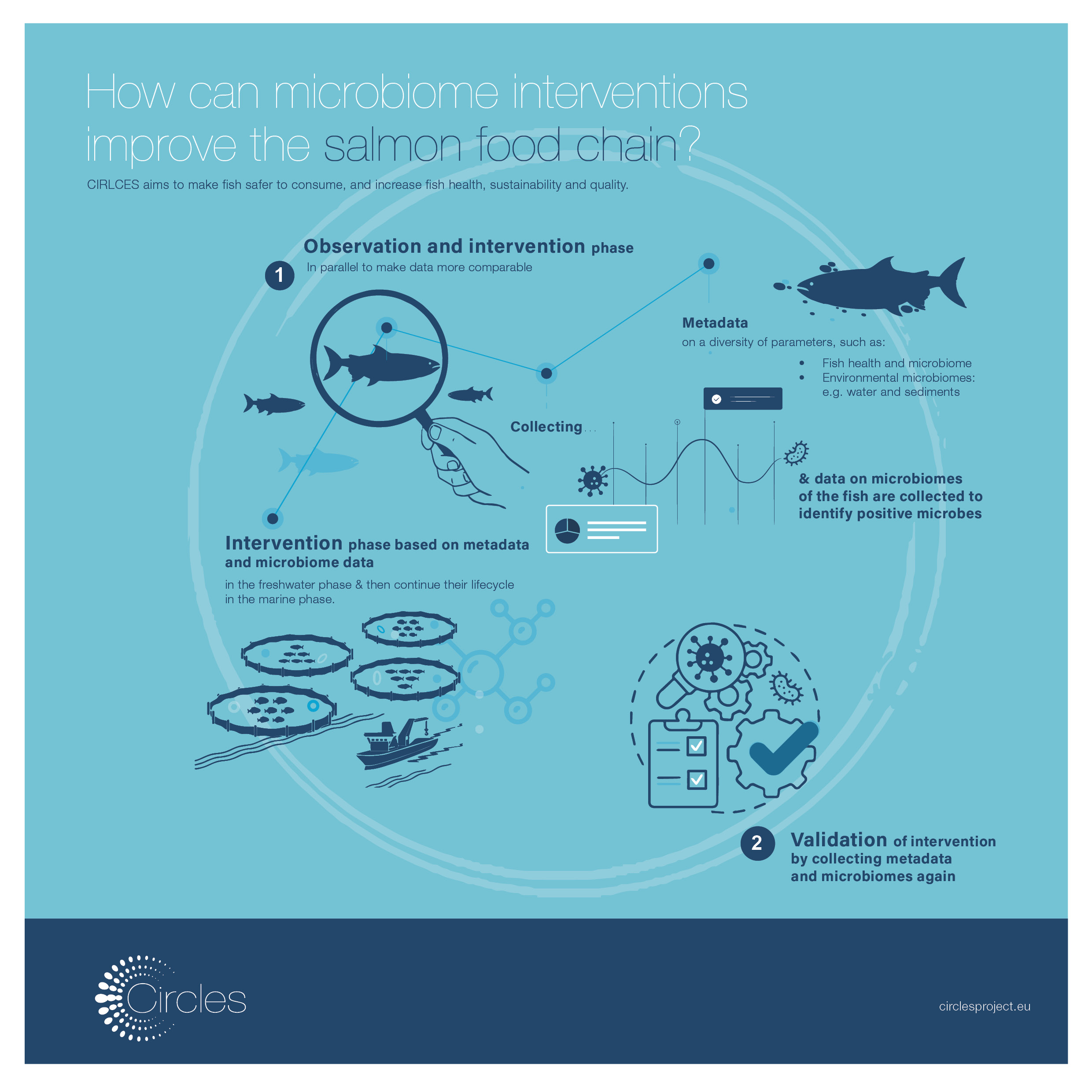Microbiology is a century-old field of science. It encompasses the study of all living organisms that cannot be seen with the naked eye, such as bacteria, viruses, fungi, and algae. They are collectively known as ‘microbes’. Microbiology research is fundamental in addressing many societal challenges – you could think of the development of vaccines or penicillin, but also food security or population health management. But what is the history of this fascinating field of research and how is it applied in food systems?
Microbiology is literally ‘the study of small lives’ (from Greek μῑκρος, mīkros, “small”; βίος, bios, “life”; and -λογία, -logia). Although you cannot see them with the naked eye, they are everywhere: in us, on us and around us! Microbes play vital roles in all natural processes. They may make us sick, but they may also be used to develop life-saving drugs. They may cause food spoilage, but they can also be used to improve food production processes. Their versatility is unrivalled. Microbiology research began to take a leap after the discovery of the microscope, in the late 1600s. The scientist Antonie van Leeuwenhoek is considered ‘the father of microbiology’, because he was the first to study microscopic organisms with microscopes of his own design.
History of food microbiology
You would think that the discovery of food microbiology came after the discovery of the microscope or the development of microbiology as a field of research in general. However, centuries before that, humans had already discovered that different ways of food preservation, for example, salting or drying, could prevent food spoilage. In fact, humans were already practising microbiology before it was even acknowledged as a science. Still, it took years before scientists began understanding the underlying mechanisms of food microbiology. In the 19th century, food microbiology research began to take a leap. In a short period of time, scientists began to identify bacterial cultures and to unravel the process of fermentation, starting with milk. The scientist Louis Pasteur played a crucial role in the evolution of food microbiology research: he discovered and studied the principles of microbial fermentation, and came to understand how heat killed bacteria. This process is now referred to as ‘pasteurization’. Subsequently, these methods were applied in food preservation research. The field of food microbiology is still rapidly evolving with new tools and techniques for discovering and preventing foodborne diseases that are caused by microorganisms. To ensure the safety of food products, microbiological testing for diseases and spoilage are even required nowadays.
Microbiology in plant and animal systems
Parallel to the discoveries in the field of food microbiology in the early 19th century, the study of plant microbiology began to develop as well. For example, the importance of the rhizosphere, the root surrounding soil, for plant growth was defined in 1904 by Lorenz Hiltner. A similar increase of interest can be seen in the microbiology of animal systems. Increasingly, the potential of microbiome research within food systems is studied and recognised. In fact, the plant microbiome is seen as one of the key determinants of plant health. Plant microbiomes may help plants fight diseases, stimulate growth, promote stress resistance, and enhance nutrient cycling; it is widely recognised that the bacterial microbiome in animals has a great impact on the health of its host. Scientific research has led to innovative applications in food biotechnology and plant breeding. Current challenges in crop production, related to climate change or demographic changes for example, have accelerated this process even more.
What is left to discover?
Although the study of microbiology in food systems has taken giant leaps in the last two centuries already, there is still a lot left to discover. The importance of a balanced microbiome for plant health and crop yield could fuel innovative applications in sustainable agriculture. The use of microorganisms in biofertilisers or stress reduction products, for example, provides great opportunities for developments in organic crop production. As for animal systems, the use of specific nutritional strategies can be further studied in order to promote the food chain’s sustainability, safety, and quality.
CIRCLES research aims to fill these gaps, by examining how the microbiome can be used for a future-proof food system. CIRCLES researchers study the role of the microbiome across seven food chains: spinach, tomato, poultry, swine, farmed and wild salmon, and seabream. Ultimately, the project aims to develop concrete products such as smart microbiome modulators which could help make our food system more sustainable, safe, and healthy.
Author: Manon Dees, Hague Corporate Affairs





